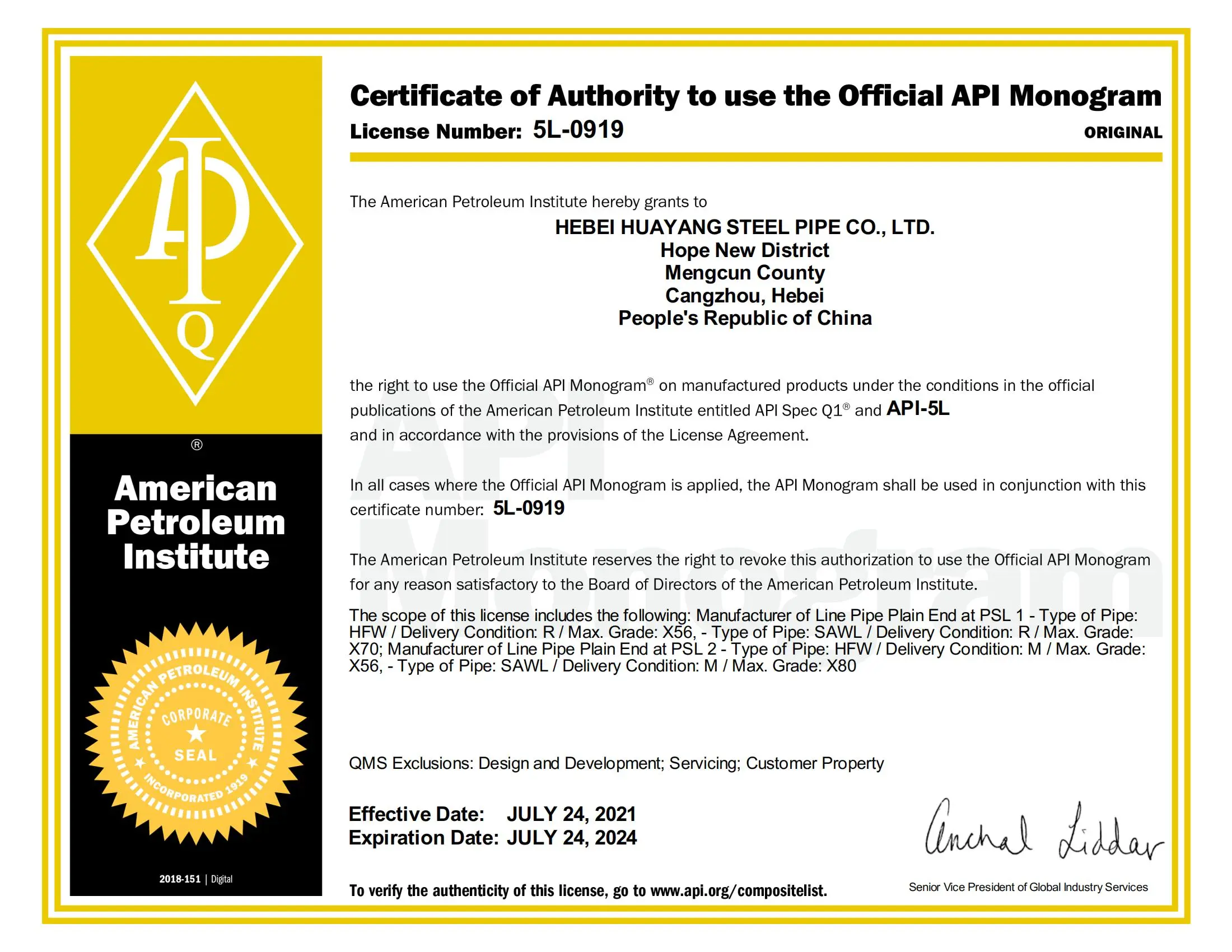
Sep . 05, 2024 08:06 Back to list
hydroxyethyl cellulose synthesis
Synthesis of Hydroxyethyl Cellulose An Overview
Hydroxyethyl cellulose (HEC) is a water-soluble polymer derived from cellulose, widely employed in various industries, including pharmaceuticals, cosmetics, and food products. Its unique properties, such as thickening, binding, and stabilizing capabilities, make it valuable for numerous applications. The synthesis of HEC involves the etherification of cellulose, where hydroxyethyl groups are introduced into the cellulose structure. This article explores the synthesis process of HEC, focusing on the raw materials, chemical reactions, and factors influencing the final product.
Synthesis of Hydroxyethyl Cellulose An Overview
The key step in HEC synthesis is the etherification reaction itself, which typically involves the reaction of cellulose with ethylene oxide. Ethylene oxide serves as the etherifying agent and is added to the cellulose solution under controlled temperature and pressure conditions. The reaction mechanism involves the nucleophilic attack of the hydroxyl groups in cellulose on the electrophilic carbon of ethylene oxide, resulting in the formation of hydroxyethyl groups. The degree of substitution, which denotes the average number of hydroxyethyl groups per anhydroglucose unit of cellulose, can be controlled by adjusting the reaction conditions, such as the amount of ethylene oxide used and the reaction time.
hydroxyethyl cellulose synthesis

Several factors influence the properties of the synthesized HEC, including the concentration of cellulose, the reaction temperature, and the duration of the etherification process. Higher temperatures and longer reaction times generally lead to a higher degree of substitution, resulting in enhanced thickening properties. However, over-substitution may adversely affect the solubility and rheological behavior of the final product.
After the etherification reaction is complete, the resulting HEC is precipitated, washed, and dried to obtain the final product in powder form. The purity and viscosity of HEC can be analyzed to ensure it meets industry standards for specific applications.
In conclusion, the synthesis of hydroxyethyl cellulose involves a series of carefully controlled chemical processes that transform cellulose into a versatile polymer. As demand for HEC continues to rise across various sectors, advancements in synthetic techniques and a deeper understanding of the chemistry involved will be essential for producing high-quality materials tailored to specific applications.
-
Versatile Hpmc Uses in Different Industries
NewsJun.19,2025
-
Redispersible Powder's Role in Enhancing Durability of Construction Products
NewsJun.19,2025
-
Hydroxyethyl Cellulose Applications Driving Green Industrial Processes
NewsJun.19,2025
-
Exploring Different Redispersible Polymer Powder
NewsJun.19,2025
-
Choosing the Right Mortar Bonding Agent
NewsJun.19,2025
-
Applications and Significance of China Hpmc in Modern Industries
NewsJun.19,2025







